Tires are absolutely an essential part of a vehicle, so it is advisable to draw attention the tire care on a regular basis. All functions will run evenly. However, most car owners are not sure about the time of tire replacement. How long does it take to change tires? It depends on the situation. It could be 40 minutes for 4 tires.
There is one point you should know is that vehicles were built of steel (not aluminum). The tire is not a balanced tread when it comes to 10grams. These days, people use the tire lighter, which is between 5 and 7grams only.
Furthermore, misbalanced weight in tires is a key issue when replacing any tire. Along with this problem, the time taken to change the tires is another task to deal with. How long does it take to change tires?
In general, tire change takes about 45 minutes for four tires. The time relies on the equipment a mechanic (or you) uses. A professional mechanic or an experience vehicle owner probably spends 10 minutes replacing a new tire. A high-quality tool improves the process efficiently, so the time might be less than 30 minutes.
Replace a new tire is a common homework that every vehicle owner should know. Whether you got great service, you still need to do the necessary task in case you are on the freeway. Here are a few things to begin with.
Find a quiet place to park like a garage or a lot in a mall. Use a tire machine to lift the tire. Then, you scan the TPMS system to identify any trouble with your wheels. By doing that way, you might estimate how long it takes to change tires.
You possibly disassemble each part of the car so that you might find out any faulty or harmful elements. Furthermore, wiping down all wheels and hub mating surfaces is a tremendous idea to decrease tires replacement time.
You should eliminate the tires. If your car contains the TPMS system with the wheel-controlled sensor directly, you would remove the sensor. After that, replace each soft part surrounding the wheels (gaskets, sensor nut, and main valve).
Get the sensor and new tires on. Remember to balance wheels within 5-6 grams. This possibly protects your vehicle in the long term.
Thereafter, put the wheels back to the car through the machine and the torque system. Check the tires again because they should have enough pressure as the manufacturer required. This is an essential part to help you out how long it takes a tire could change.
Trigger off and set up the TPMS system in the right way (if relevant). If your vehicle uses nitrogen, you should fill a certain amount of nitrogen in each tire.
Apart from the tires replacing duration, many of us also would like to know when the process needs to be done. You know; there is nobody size fits all ones. So, you need to ask for the manufacturer or find the information in the catalog. You can consult an experienced mechanic to recognize the accurate time.
You know; there is nobody size fits all ones. So, you need to ask for the manufacturer or find the information in the catalog. You can consult an experienced mechanic to recognize the accurate time.
Different factors also affect your tires. Your vehicle model, the tire category, the road condition, weather condition, how you drive the car determines the best time to maintain and the lifespan of the tires.
Furthermore, you should bear in mind the tread life and driving style. The rubber material, for instance, will decrease the tire quality faster when driving on pavements. The driving speed also impacts tire life. A fast driver is not good in this case.
In general, check wear-and-tear problems in your car even if it seems to be normal.
You do not have to become a mechanic to master tires replacement. Just follow these simple steps below.
 Do not eliminate them
Do not eliminate themHow long does it take to change tires? The time to replace a new tire relies on your car model, tools, and your current situation.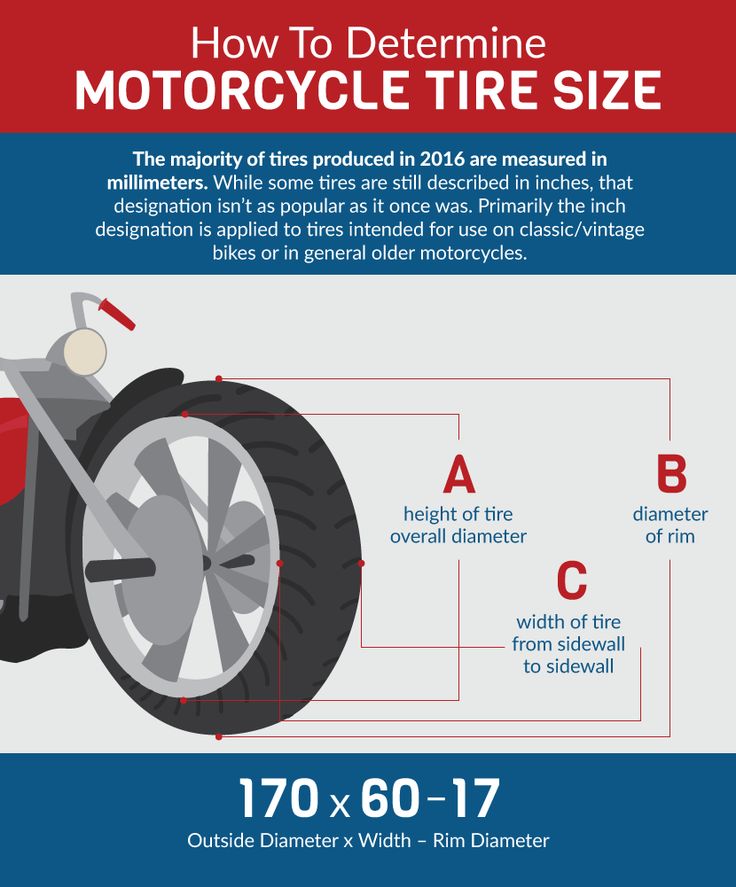 On average, it will take you 40-45 minutes to complete the job. In a vehicle repair station, the time is flexible depending on the workload inside.
On average, it will take you 40-45 minutes to complete the job. In a vehicle repair station, the time is flexible depending on the workload inside.
I just bought four brand new tires for my car but I haven’t had the chance to get them installed. I want to have them installed during my lunch break tomorrow, but I’m concerned I won't have my car back in time. How long does it take to get new tires installed?
Kara Vanderbeek · Answered on Mar 04, 2022
Reviewed by Shannon Martin, Licensed Insurance Agent.
In general, it will take a professional ten minutes to change a tire. With four tires, you’re looking at roughly 40 minutes. Having your tires changed by a professional will be the most efficient, as they have the most advanced tools and skills to do the job.
However, when you are replacing all four tires, you may need to have them checked for alignment and wheel balancing to make sure your car won’t vibrate while you’re driving. This process may add an additional 45 minutes to the installation.
To be on the safe side, allow yourself at least one hour for the installation, alignment, and wheel balancing checks to be complete. You’ll be back on the road in no time!
Before you hit the road with your new tires, make sure you have the right car insurance to protect you from any unexpected incidents. Car insurance super app Jerry can help you with all of your insurance needs.
MORE: [The best all-season tires for snow] (https://getjerry.com/advice/best-all-season-tires-for-snow)
Car MaintenanceCar Tires
WHY YOU CAN TRUST JERRY
Jerry partners with more than 50 insurance companies, but our content is independently researched, written, and fact-checked by our team of editors and agents.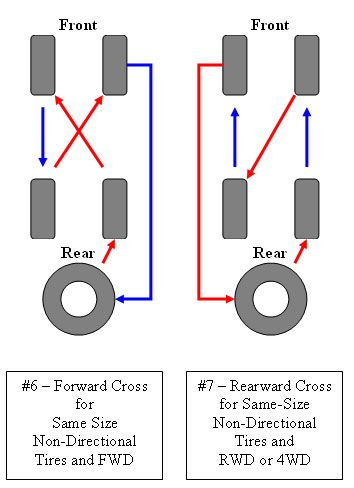 We aren’t paid for reviews or other content.
We aren’t paid for reviews or other content.
Browse More Content
Trunk Latch Adjustment
Oil Pressure Sensor Replacement Cost
Window Switch Not Working
What Is A Reset Maintenance Reminder System?
Suspension Spring Coil Replacement
Volkswagen Touareg 3.2 Insurance Cost
Bmw 335 Xigt Insurance Cost
Volkswagen Tiguan Sel Premium R-Line Insurance Cost
Mercedes-Benz Cls 550 4Matic Insurance Cost
Bmw 550 Igt Insurance Cost
Cheap Car Insurance in Nebraska
Cheap Car Insurance in Virginia
Cheap Car Insurance in South Dakota
Cheap Car Insurance in Georgia
Cheap Car Insurance in Nevada
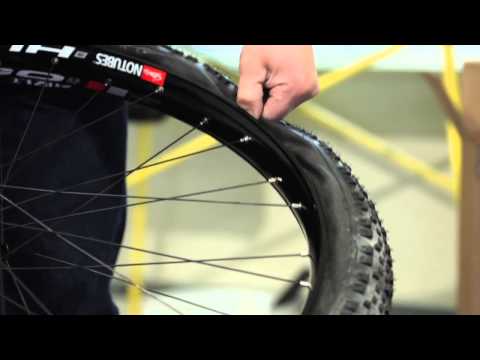 Should I get one?
Should I get one?I live in a rural area and last year a dear totaled my Ford Focus. I have a Ford Fusion now, and I was wondering if I should invest in a Ford Fusion push bar. Would that change my insurance at all?
Matt Terzi
Mar 04, 2022
I’ve got a 2000 Ford Lightning that just won’t quit. I want to replace the headlights, but I’m wondering, can I upgrade my Ford Lightning headlights? Or should I just go with regular factory-style headlights?
Matt Terzi
Mar 04, 2022
I bought a 2019 Ford Explorer this week so I could join my friends for some back roads camping adventures. Do you have a recommendation for Ford Explorer off-road tires I should get?
Matt Terzi
Mar 04, 2022
Browse All Questions
The 2022 Jeep Compass gets slightly sub-par fuel efficiency for its class, receiving an EPA-estimated 25 MPG combined.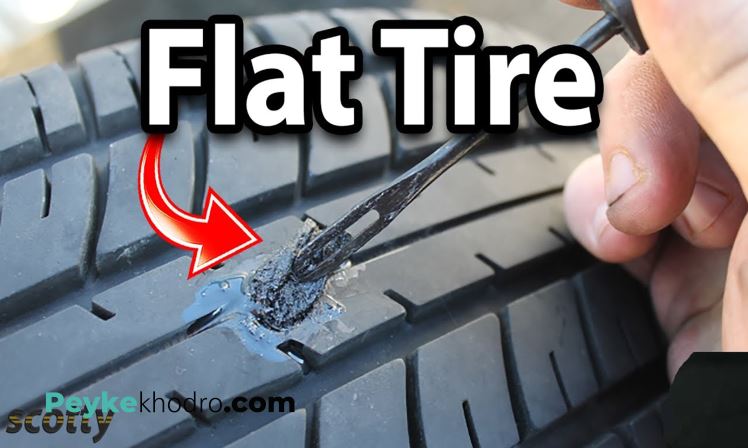
Shannon Fitzgerald
Sep 30, 2022
Companies Kia, Lincoln, and Lexus have interesting backstories behind both their names and how they originated.
Shannon Fitzgerald
Mar 28, 2022
Comprehensive Coverage
VIN Lookup
Car Rentals
Cadillac
Liability insurance
Company Cars
Loan Discounts
Insurance Shopping
Water Damage
Mileage
Car Down Payments
Toyota
Cheap Auto Insurance
Add a Driver
Private Sales
Car Insurance Companies
Drivers with Disabilities
The General
Scooters
Consigners
Title Transfers
Fleet Sales
Home and Auto Insurance
Ridesharing
State Laws
Subaru
Emergency Brakes
No long forms
No spam or unwanted phone calls
Quotes from top insurance companies
Find insurance savings — it's 100% free
Car Insurance
Cheap Car Insurance
Car Insurance Quotes Online
Types of Insurance
Toyota
Hyundai
Mercedes-Benz
Subaru
Chevrolet
Mitsubishi
ALAKAZARCACOCTDEFLGAHIIDILINIAKSKYLAMEMDMAMIMNMSMOMTNENVNHNJNMNYNCNDOHOKORPARISCSDTNTXUTVTVAWAWVWIWY
Consumer disputes over the age of tires have not subsided for several seasons. Buyers are excited that the warranty period for tires is limited to 5-6 years according to GOST, and after the expiration of this period, the rubber becomes unusable.
Buyers are excited that the warranty period for tires is limited to 5-6 years according to GOST, and after the expiration of this period, the rubber becomes unusable.
Is this really the case, read this article.
Manufacturers of most brands on their products set Shelf life is 5 years and service life is also 5 years .
The shelf life of a tire is the period during which it retains its performance when properly stored.
The end of this period does not mean that the tires have become unusable . A shelf life of 5 years is given by manufacturers because, by law, they cannot set a shelf life higher than the service life. Tires over 5 years of storage cannot be called damaged or defective, their technical characteristics may be slightly reduced. American researchers argue that the period of storage of "shoes" must be at least 10 years. Experts from Germany are sure that it cannot exceed 6 years.
The tire life is called the warranty period during which the manufacturer is responsible for the quality and condition of the tire if it was used for its intended purpose without violating the operating rules.
According to Russian legislation (GOST 5513, GOST 4754-97) , the service life of tires is 5 years from the date of manufacture.
How can I find out the date of manufacture of tires?
You can find out the age of tires by a special DOT code. Tires manufactured after 2000 in the DOT code contain two pairs of numbers, where the first pair indicates the week number of the year, and the second pair indicates the year. Earlier tires before 2000 have 3 numbers in their composition, where the first two digits are the week number, and the last one is the year (see the transcript in the photo).
Determination of the average shelf life of a tire according to GOST and operating conditions.
- The symbol ZR denotes tires for high-speed cars. They are recommended to be used at speeds over 240 km/h. up to 6 years
- Tires with the H symbol are used at a maximum speed of 210 km/h. within 5 years.
- The sign S symbolizes the maximum permissible speed of 180 km/h. and operational period of 4-5 years.
Most tire manufacturers do not agree that tire life is limited to 5 years. Each company has its own opinion on this matter. We analyzed several of them and the information they posted on their official websites.
Michelin
The French tire manufacturer Michelin has become famous for its active fight against the perception of the rapid aging of tires as a perishable product. Her information campaign "Tires Are Not Bananas" created a lot of noise in the automotive environment. According to the representative office, several test trials were carried out in Saudi Arabia, South Korea and Germany.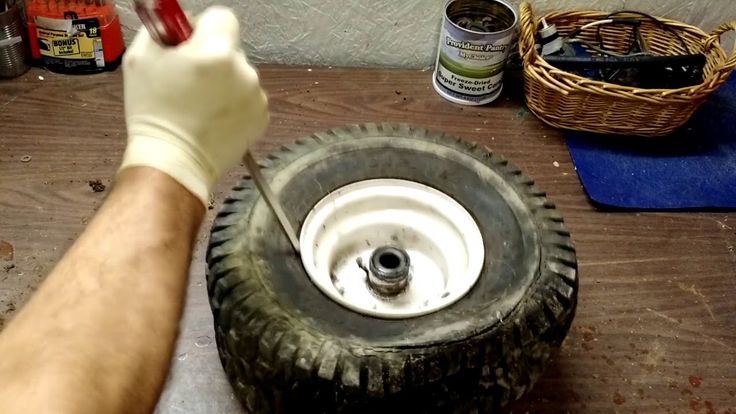 As a result of testing, no difference was found between new tires and tires stored for 3 years. They were tested for various characteristics such as rolling resistance, high speed durability, etc. Tires with a year life were approximately equal in performance to 10-year unused tyres.
As a result of testing, no difference was found between new tires and tires stored for 3 years. They were tested for various characteristics such as rolling resistance, high speed durability, etc. Tires with a year life were approximately equal in performance to 10-year unused tyres.
Michelin focuses the attention of car owners on the fact that tires are not a perishable product, their shelf life is not as important as the service life is important, starting from the date the tires are installed on the rims. It is from this moment that the tire is subjected to all tests: pressure, temperature changes, wear, contact with uneven and sharp coatings, etc.
Continental
On the Russian official website of Continental, we found the following information on the expiration dates of tires.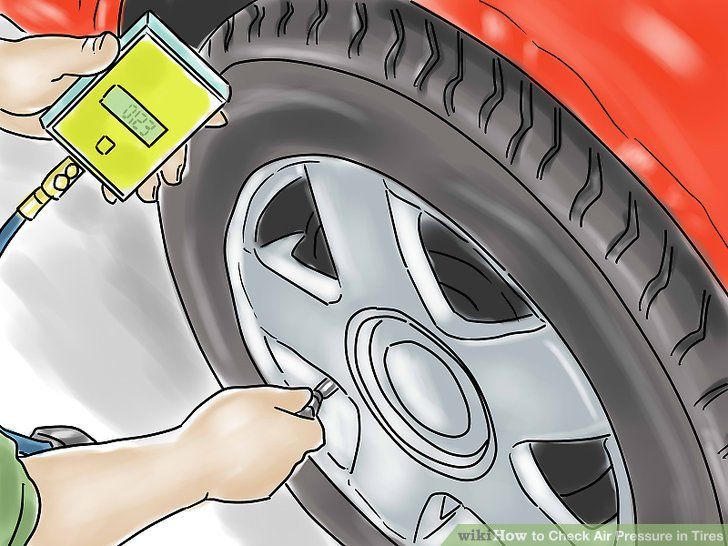
“When a tire is stored in the correct position and under the recommended conditions, it will not lose its original balanced performance for 5 years from the date of manufacture of the tire.
A properly maintained, unused tire less than 5 years old can be sold as a new tire and used normally.
Continental recommends replacing all tires (including spares) with a sidewall date greater than 10 years.
Nokian
The following information is posted on the Nokian official website:
“Tire life is not defined by law, but tires can only be considered “new” if they have been manufactured within the last five years. The recommended service life of tires is six years and the recommended maximum period is 10 years.
The opinion of our specialists, based on many years of experience, coincides with the opinion of manufacturers: the shelf life is 5 years + the service life is up to 10 years. Moreover, more "adult" tires, in our opinion, are of better quality.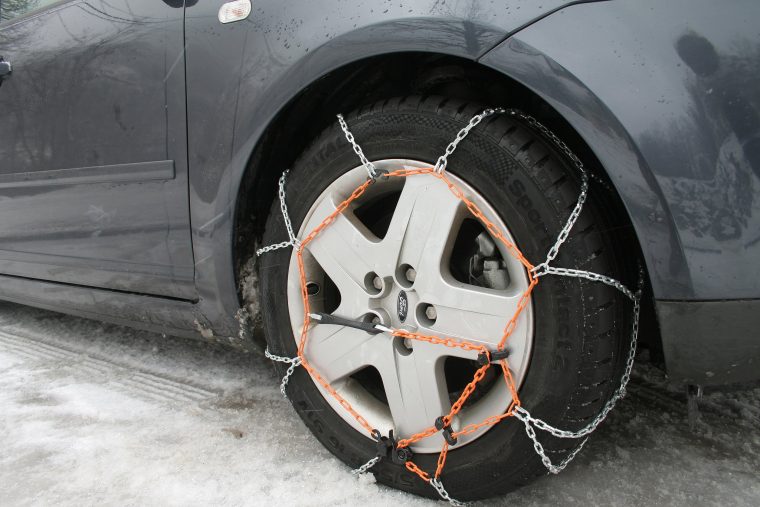
To keep tires as long as possible, they are stored in compliance with all rules and recommendations. The main condition is a cool, ventilated, darkened room away from oils, paints, ozone, and heat sources.
Rubber products tend to lose their performance over the years. To prevent and slow down this process, manufacturers add polymers to the rubber compound. They prevent oxidative processes that occur due to the interaction of protectors with oxygen and ozone.
The following are the main conditions for the proper storage of tires in accordance with GOST 24779-81:
Maintaining a constant regime without sudden jumps, slight temperature fluctuations from -30°С to +35°С are allowed;
Provide a low humidity level of 50-80% in a dry, ventilated cool room;
Avoid direct sunlight, use darkened hangars, shield heat sources;
Keep away from sources of heat;
Tires should not come into contact with corrosive, copper materials.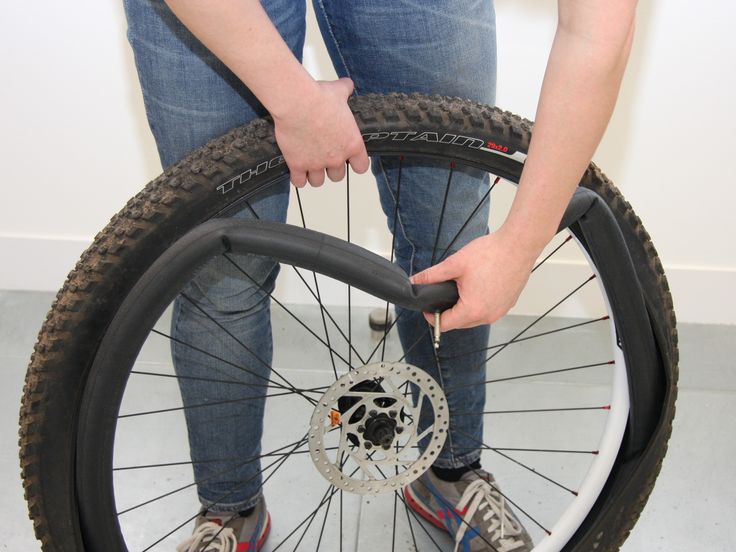
Avoid kinking, loading or positioning on an uneven surface.
Avoid contact with oils, organic solvents, acids, alkalis, fuels and lubricants on the tire surface. It is forbidden to lay tires on a wet and dirty surface.
In the warm season, when storing tires outside, they should be covered with light-tight material and raised above ground level to ensure ventilation and prevent the occurrence of the greenhouse effect.
Storage on reflective, light and heat absorbing surfaces is prohibited.
Keep away from chemicals, oils, paints, open flames, electric motors that produce ozone.
Used tires must be washed and dried.
Tires without rims should be stored upright.
The service life depends on many factors: the load on the car, the quality of the roads, the driving style, the distance traveled, tire damage, etc.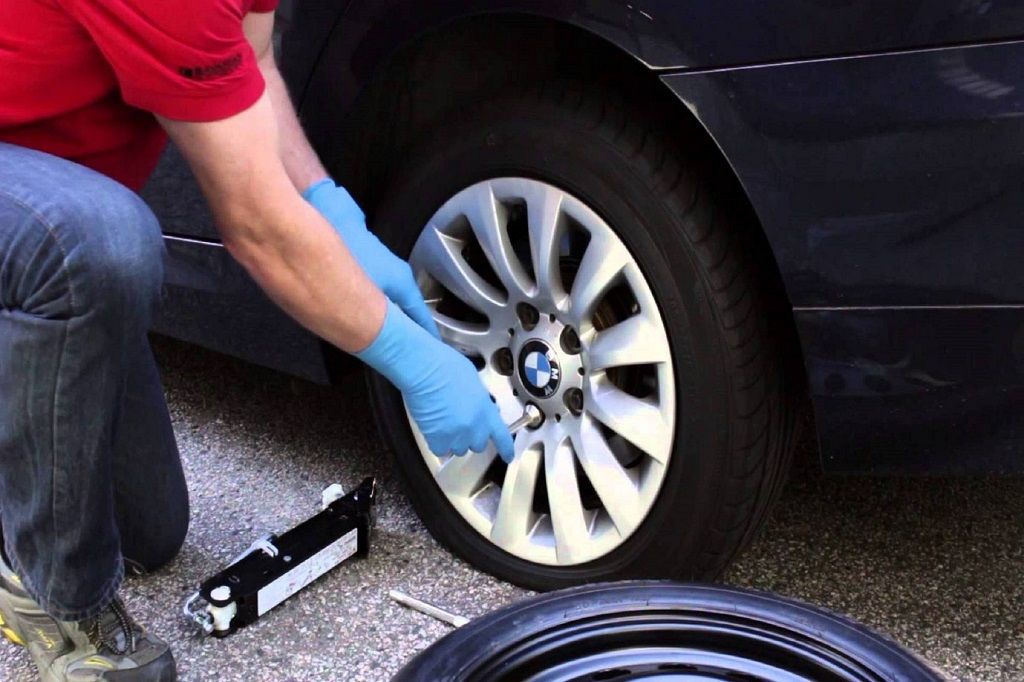 To increase their service life, follow these rules:
To increase their service life, follow these rules:
Check tire pressure every 2-3 weeks. With reduced pressure, tire wear increases by the equivalent of a % reduction. For example, a 15% reduction in pressure can result in a 15% reduction in service life. Inflated tires are less scary.
The wear of the front tires is always significantly higher than the rear ones, so it is recommended to swap them after some time, carefully watching the direction of the tread pattern and the direction of rotation.
Proper alignment of tires in relation to rims. If the direction is not the same, then performance is significantly reduced.
To prevent damage to the sidewalls of tires, avoid close proximity to curbs and high ledges.
Wash off dirt from the surface of the rubber and from deep grooves with special cleaning agents.
Adhere to an even driving style without harsh brakes and quick starts.
Do not overload the car beyond the norm. 20% excess weight leads to a 30% loss of tire life.
Keep the wheels balanced and check the alignment angles annually.
The main condition for a long tire life is:
- high quality products,
- careful operation,
- proper storage of tires in the off-season,
- timely diagnosis.
The age of tires in standard storage is a minor non-determining factor that should not be taken into account when buying them.
Previous article Next article
Monday, November 21, 2016 03:12:13 PM Europe/Moscow
How to determine the date of manufacture of a tire and the necessary service life for its performance and functionality to be at the highest possible level?
When the minimum tread depth (4 mm for winter tires and 1.6 mm for summer tires) is reached, the tires are taken out of service and disposed of. As for the period of use over time, according to the recommendation of tire manufacturers, tires should not be used for more than ten years from the date of manufacture. At the same time, it is worth distinguishing between the concepts of "service life" and "manufacturing warranty period". The latter is established by law and in the Russian Federation is five years from the date of production. During the warranty period, the manufacturer is responsible for the full compliance of the tire with all necessary technical requirements.
As for the period of use over time, according to the recommendation of tire manufacturers, tires should not be used for more than ten years from the date of manufacture. At the same time, it is worth distinguishing between the concepts of "service life" and "manufacturing warranty period". The latter is established by law and in the Russian Federation is five years from the date of production. During the warranty period, the manufacturer is responsible for the full compliance of the tire with all necessary technical requirements.
The date of manufacture of a tire is one of the mandatory markings and is applied to one of the sidewalls of the tire in the lower part of it, next to the seat area for the disk. This marking is a set of four digits, where the first two digits are the week of production, and the last two are the year . For example, "4815" means that the tire was manufactured in 2015 at week 48. In some cases, the date of manufacture is included with an alphanumeric code that contains information about the place of manufacture of the tire, it is applied next to the DOT abbreviation.
In some cases, the date of manufacture is included with an alphanumeric code that contains information about the place of manufacture of the tire, it is applied next to the DOT abbreviation.
In summary, a tire is considered new and high performance if it has been manufactured for less than 5 years. And the opinion that you should only buy tires of the current year of manufacture is a delusion: tires are made in advance, before the start of the season. Thus, the tire that hit the shelf in the tire center in March 2017 will be produced in the second half of 2016, because it takes time to transport it, and if the tire is imported, it also takes time to go through the customs procedure. For your safety, choose certified tire centers for purchase, in which the tire storage process meets all standards and requirements. Tires must be used for no more than 10 years or to the minimum allowable tread depth in accordance with the season of use. In this case, the manufacturer bears its warranty obligations only during the first five years from the date of production.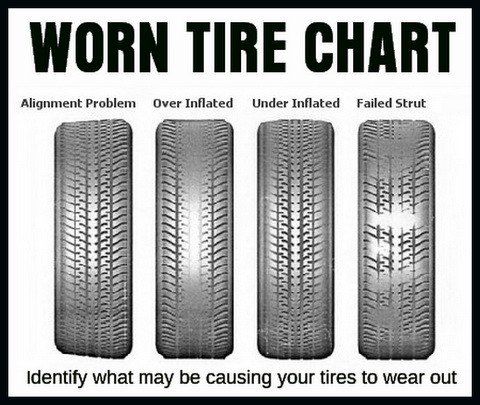
Because the tire is constantly deformed during operation. All components of a car tire not only wear out from friction on the road surface, but are also exposed to the negative effects of sunlight, chemicals, etc. Thus, the general physical and chemical aging of the tire occurs. And if the level of physical tire wear can be assessed, then the consequences of changing the rubber structure due to aggressive environments and conditions are almost impossible for an ordinary driver to assess .
Structural changes to the tire can lead to poor grip on all surfaces, rapid wear, chipping, cracking of the tread and other negative consequences. The problems listed above are only consequences of tread “aging”, but it is worth remembering that the tire almost entirely consists of various rubber compounds, which are also subject to “aging” with subsequent deterioration in tire performance.
In this case, a completely new tread can be misleading about the quality of the tyre. The level of tread depth affects the ability of the tire to drain water, as well as the effectiveness of traction in snow or mud, but the tread has only a part of the functions. There is also rubber in the tire, as well as a rather complex internal structure. The latter just can get damaged (deformation, curvature) during tire storage for 5 years or more. This can lead to an imbalance that contributes to the car pulling to the side and even the complete destruction of the tire during operation.
Manufacturer's warranty for MICHELIN, BFGoodrich, Tigar tires is 5 years from the date of manufacture or until the minimum acceptable level of tread wear is reached in accordance with the legal requirements in force in the territory of the Customs Union, subject to the rules of transportation, storage, operation, specified by regulations and the manufacturer for each tire model, whichever comes first.